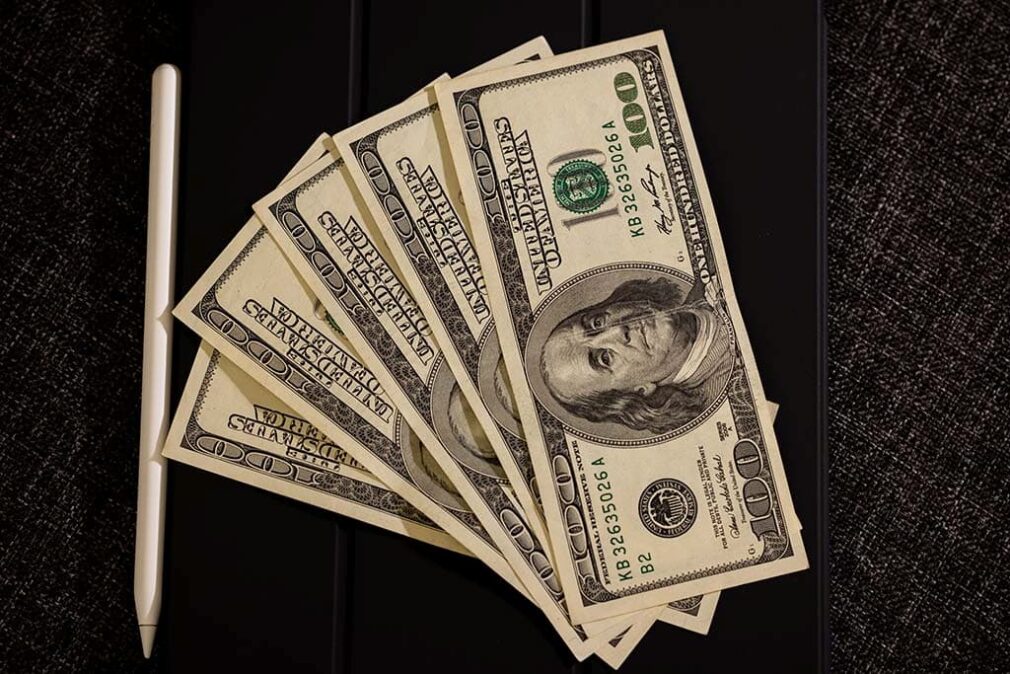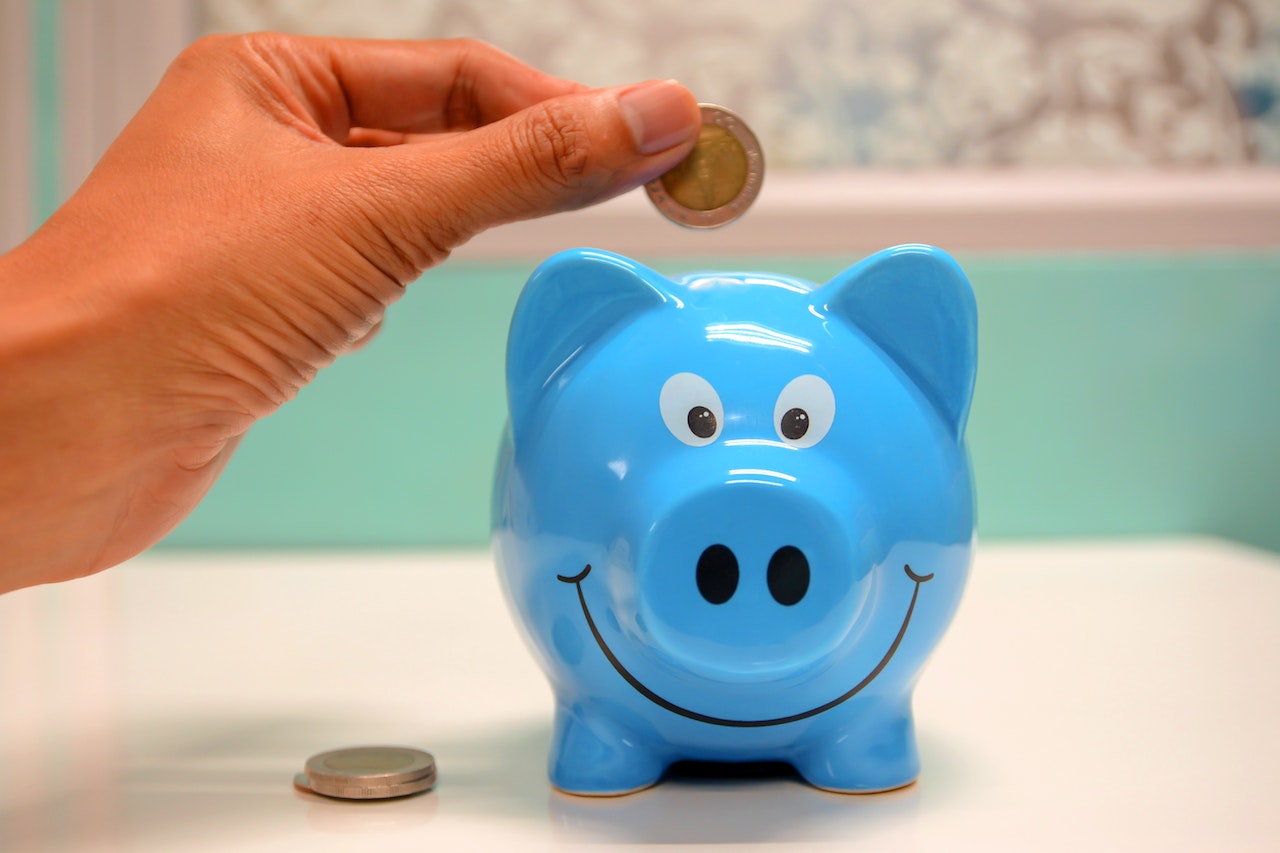Inflation is a decrease in the purchasing power of money, or simply put, the process of depreciation. Inflation is stable and long-lasting, unlike seasonal changes in the prices of certain goods or services. For example, if in one period the basket of goods cost 100 units of conventional currency, then the inflation rate of 8%, the same goods will cost 108 units.
Economic theory sees inflation as an indicator of a healthy economy, if it does not exceed 10%, while the state has the tools to control its performance. This rate of inflation stimulates the production and supply of goods.
Where does inflation come from?
The main reason is that demand exceeds supply. In this case, consumers have free money, which they spend on goods and services. Producers can’t cover all of the demand and therefore raise prices.
There are many reasons for this, such as the level of borrowing, the issue of money, or shortages of goods. Economists believe that in a controlled situation such inflation stimulates economic growth because excess demand and favorable market conditions stimulate investment. More about inflation read here.
There is another situation when companies are forced to spend more on the production of goods and services because costs of materials, logistics, payrolls, or taxes have risen – this situation is called cost or supply inflation by economists.
This situation is dangerous because it leads to a wage-price spiral. Companies raise prices while employees demand higher wages because of inflation. Consequently, companies have to optimize costs again.
More often than not, both variants of inflation go together, and other external factors are added. For example, the global economic crisis caused by epidemics or natural disasters, sanctions wars, etc. And in practice it is not always possible to determine the cause of inflation in a certain period of time.
And if you print more money?
This is an extremely wrong approach. According to monetarist theory, inflation is caused by a surplus of money. The amount of money should increase just as much as the output of goods should increase. If there is excess demand, there will be demand inflation.
How to fight inflation
The Central Bank has the tools to control inflation in any country. The central bank of each country has a target for inflation, which they strive to achieve.
When inflation exceeds the target, the central bank raises the key rate to lower it. This helps reduce consumption, in particular through higher borrowing costs, and increases savings preferences of citizens. When inflation falls below the target, the regulator lowers the rate, stimulating consumption, in particular through lower interest rates on loans.
If a change in the key rate is not enough, the government uses fiscal adjustment. Expenses are reduced and the tax burden on society, on the contrary, increases. Business and purchasing activity declines, demand falls, and then inflation goes down. Read how to login Citi card account at myciti.com.
When inflation is high, the central bank tries to keep prices down by raising the key rate. This makes it more attractive for people to save; at the same time, the cost of credit increases, and this leads to lower consumption.
High inflation is dangerous! It reduces purchasing power, which negatively affects demand and therefore economic growth in the country. It undermines the economic system, followed by lower living standards and sociopolitical instability.

Conclusion
However, one must understand that inflation is not an absolute evil. Low growth rates are mostly good for the economy: money turnover grows, credit gets cheaper, investors invest in new production. Money quickly depreciates, it is more profitable to spend rather than save, which accelerates the economy even more.
For consumers, whose income is growing in proportion to inflation, the price increase is also beneficial if they repay their loans. The money borrowed from the bank before the inflation rate was higher, while the size of the debt does not change. In practice, however, it turns out that wages are not rising as rapidly as prices, and banks are also assessing inflation risks.
Of course, we can talk about the positive impact of rising prices only if the government is able to control the economic situation. When there is galloping inflation or hyperinflation, this is evidence of social and political crisis, and not economic growth.



